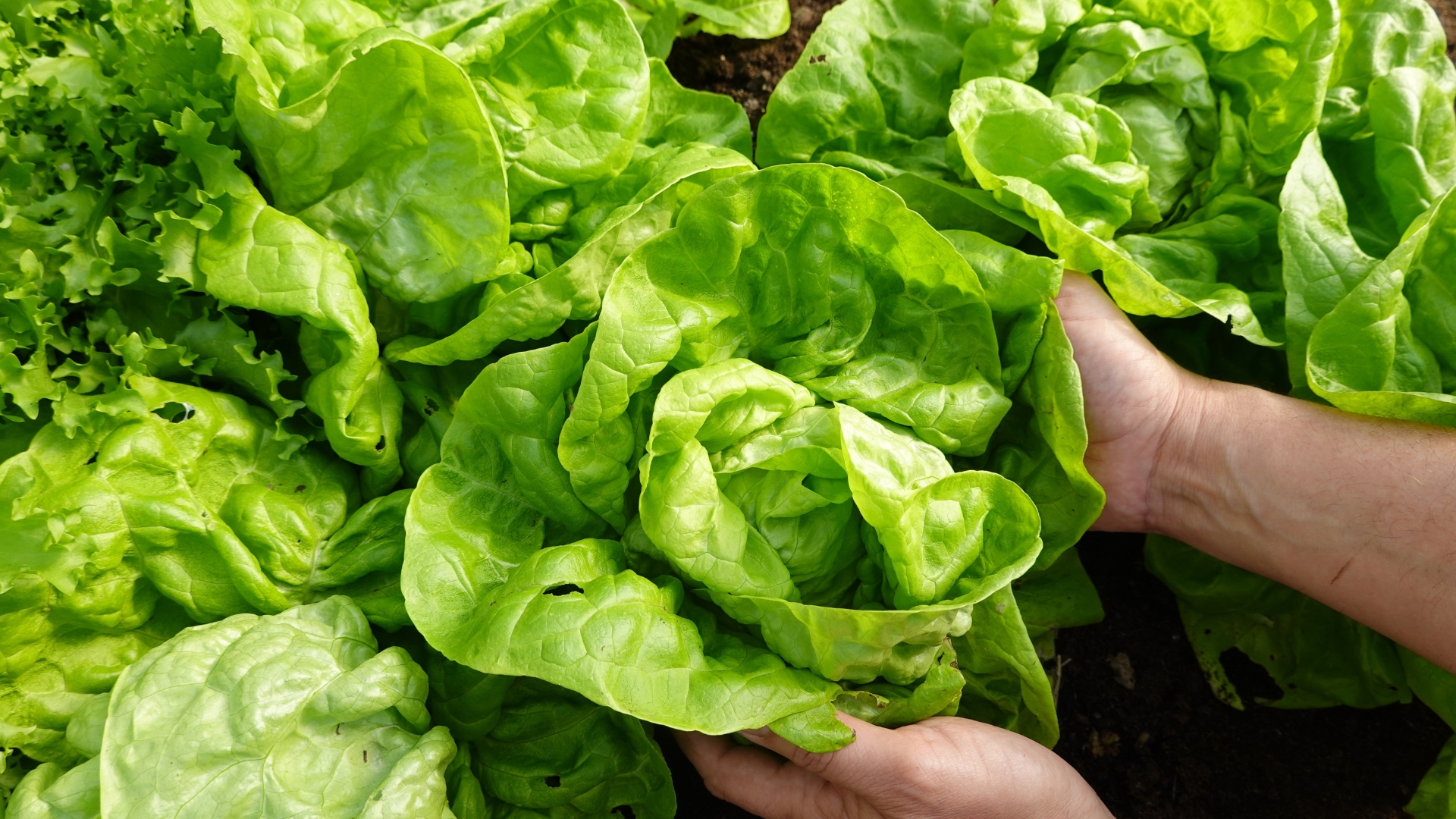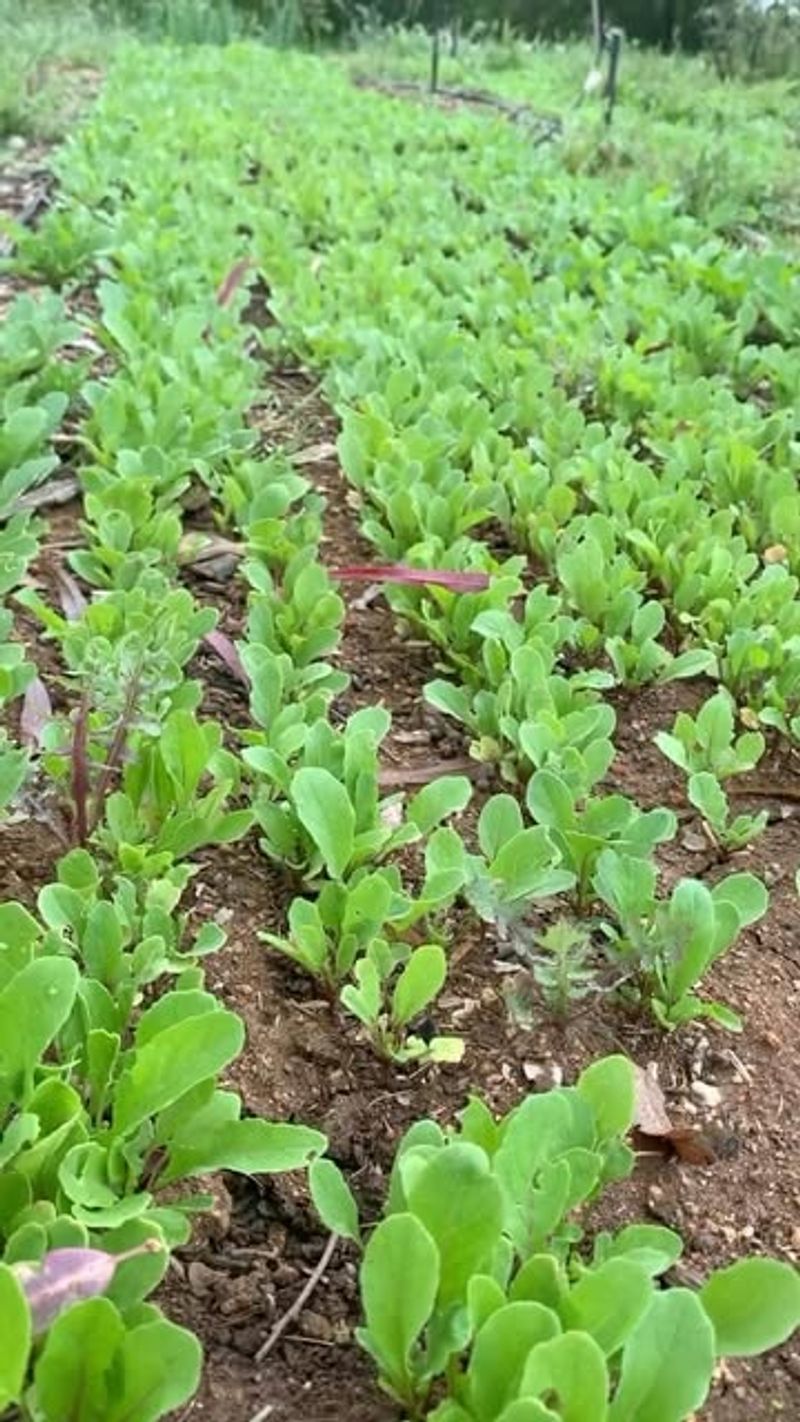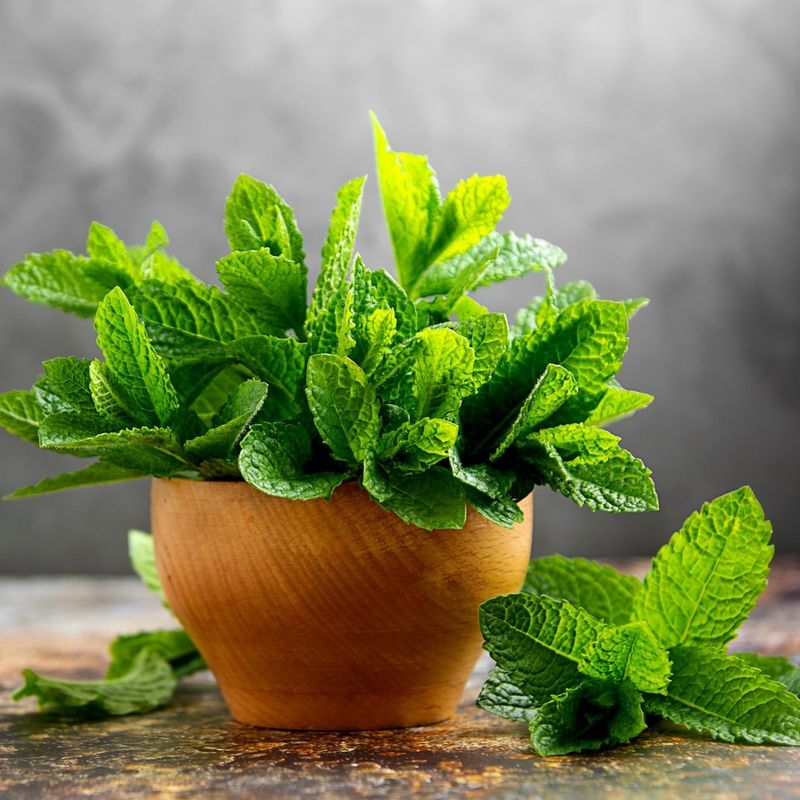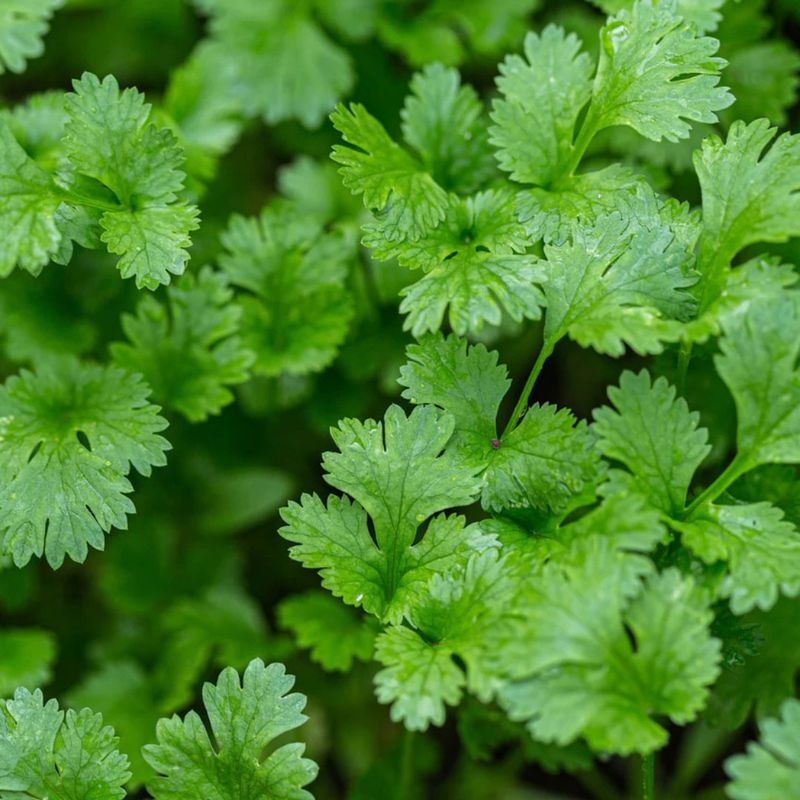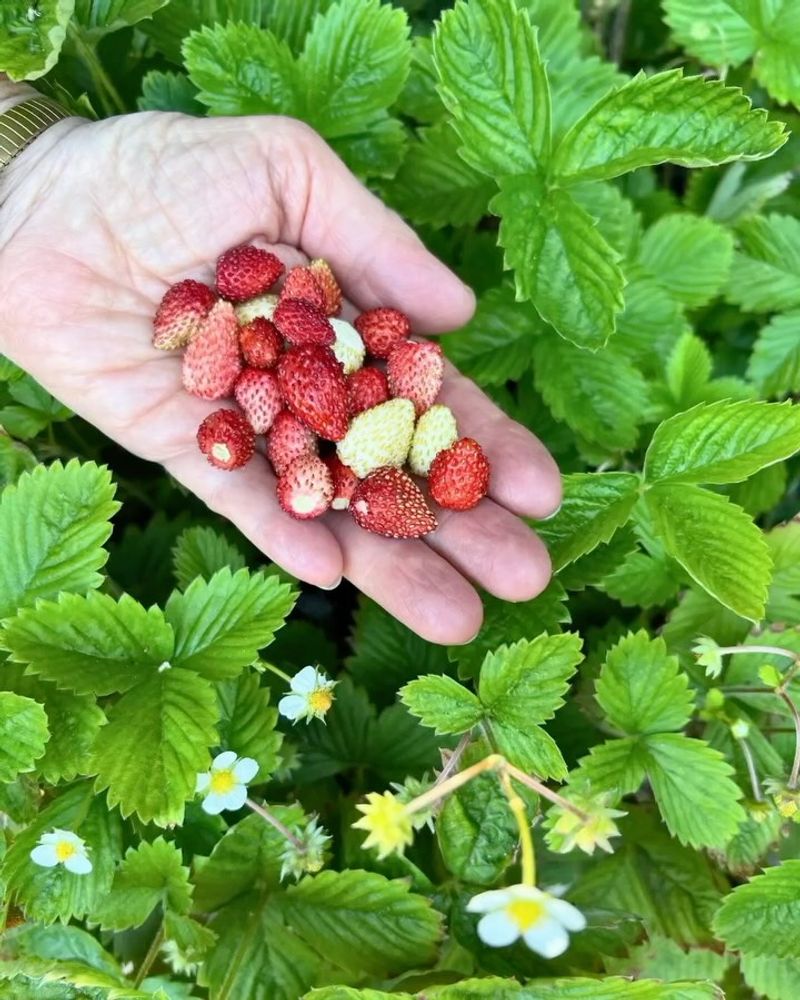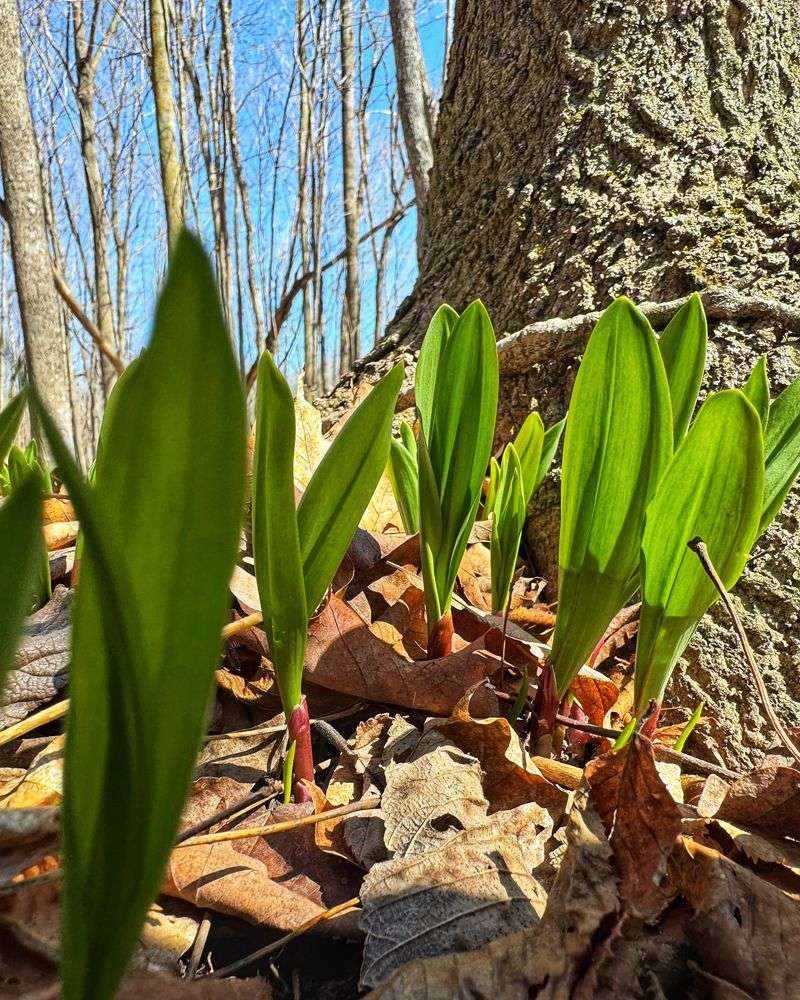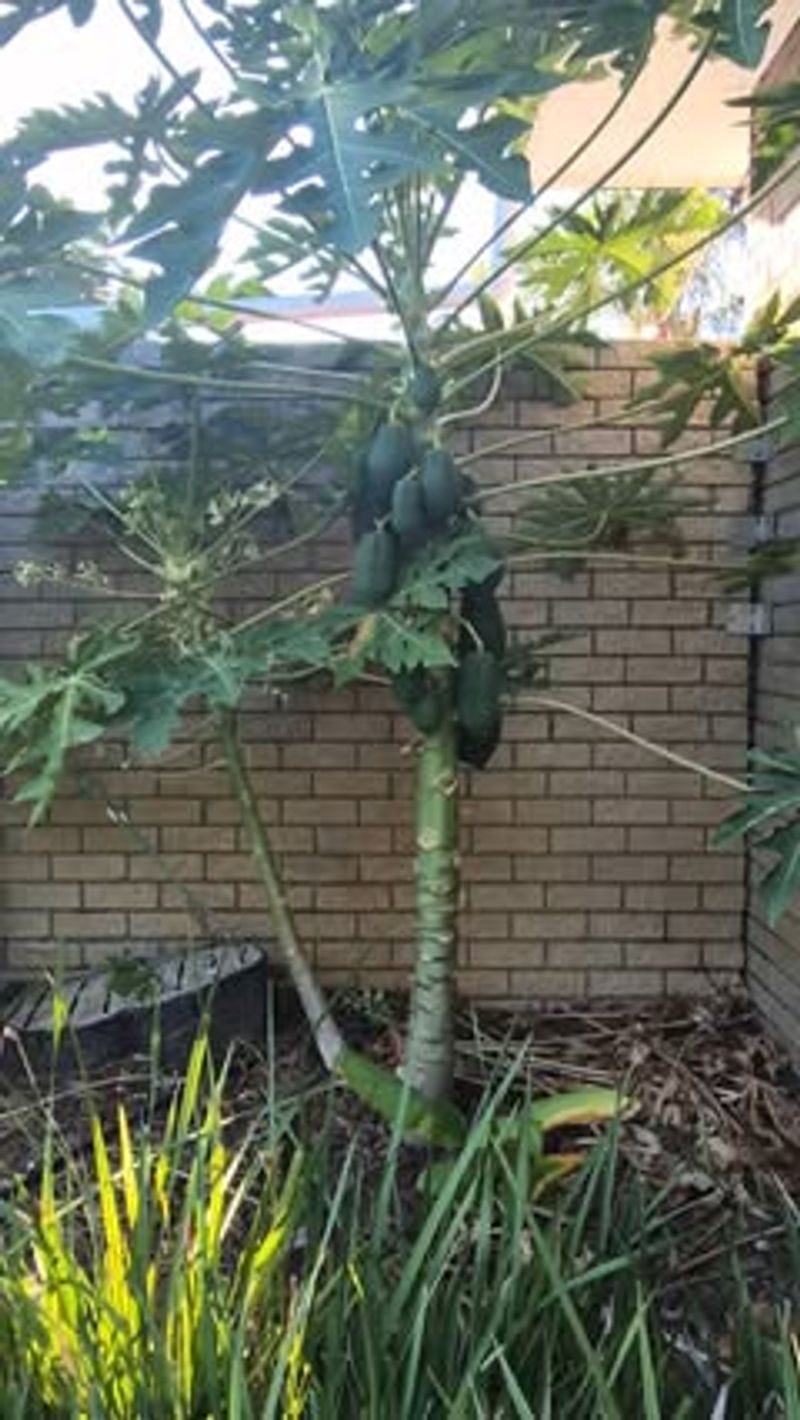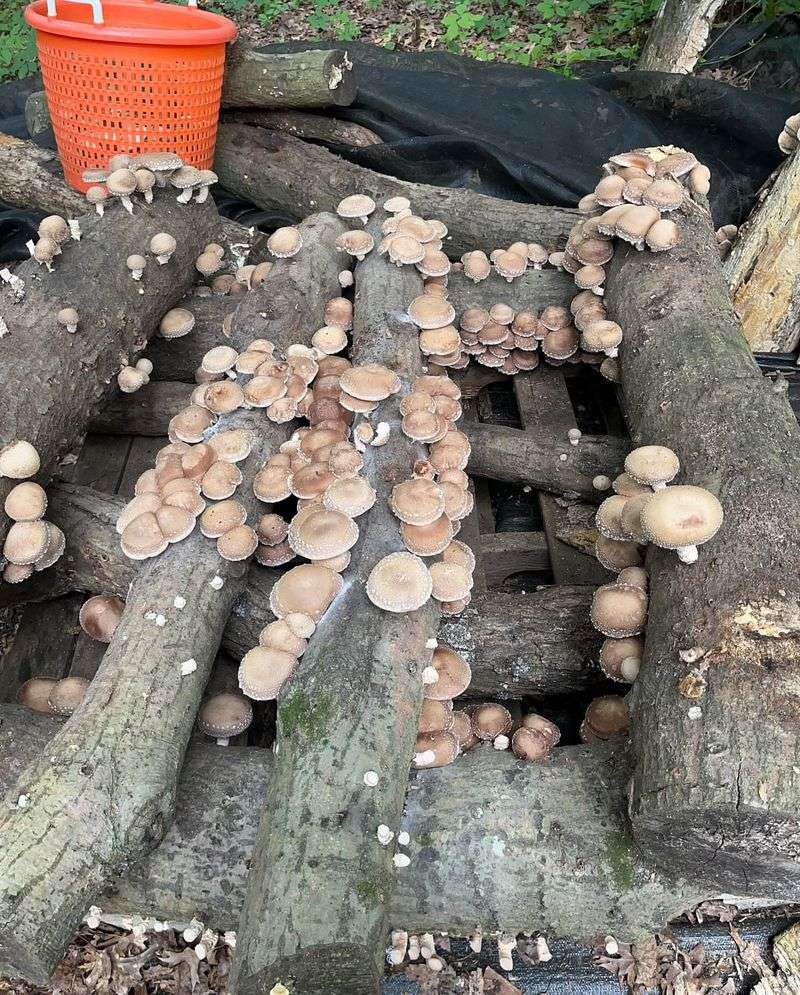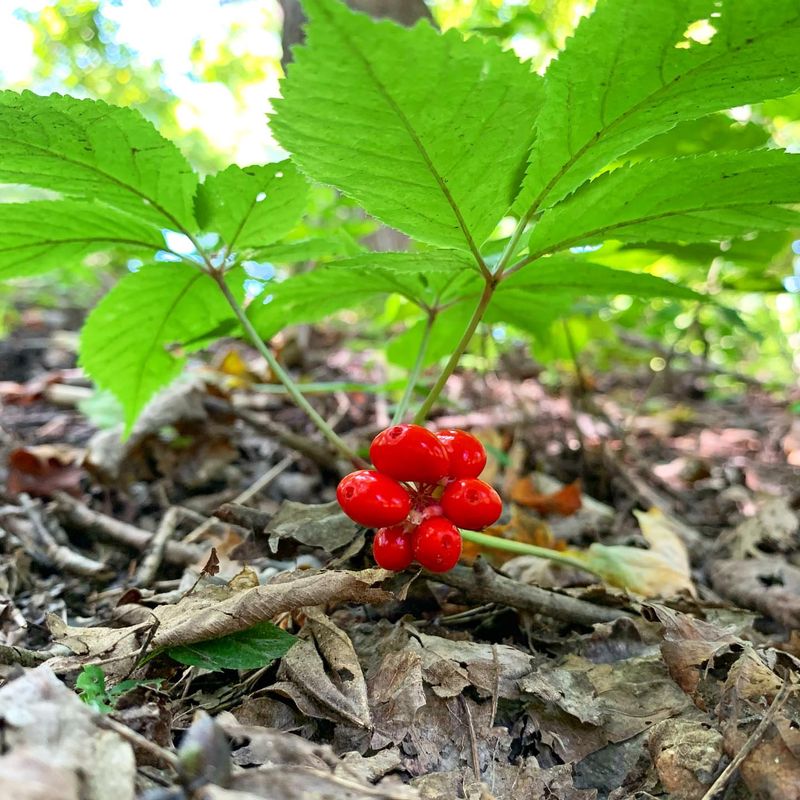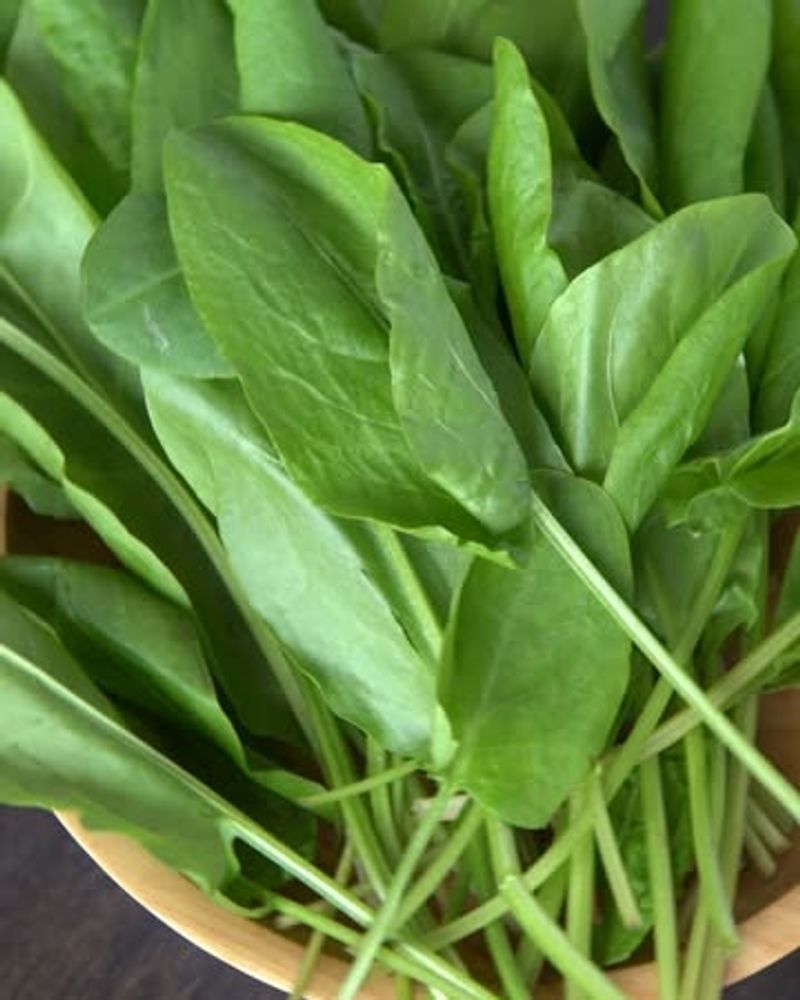Not every corner of your Georgia garden basks in full sunshine, but that doesn’t mean those shady spots can’t be productive!
Many delicious edibles actually thrive with less direct sunlight, turning those overlooked areas into food-producing powerhouses.
Whether you have dappled shade under trees or north-facing spots that rarely see direct rays, these 16 edibles will flourish in Georgia’s challenging shady spaces.
1. Lettuce
Cool and crisp, lettuce actually prefers growing away from Georgia’s intense summer sun. The shade prevents premature bolting, extending your harvest season considerably.
Many Georgia gardeners plant successive lettuce crops in partly shaded areas throughout spring and fall. With minimal care and regular harvesting, you’ll enjoy fresh salads for months from those spots other plants reject.
2. Spinach
Unlike sun-loving vegetables, spinach actually produces more tender leaves when grown in cooler, shadier spots. Georgia’s hot climate can be challenging for this nutritional powerhouse, making shade a blessing rather than a limitation.
The rich soil found in many Georgia yards provides perfect conditions for spinach when combined with partial shade. Your plants will reward you with multiple harvests before summer’s heat arrives, offering vitamin-packed greens for months.
3. Kale
Hardy and resilient, kale continues producing nutritious leaves even as Georgia temperatures drop in fall. Partial shade helps keep this superfood from becoming bitter during warmer months, improving its flavor dramatically.
Many Georgia gardeners find that kale grown in dappled light develops broader, more tender leaves than its sun-baked counterparts. Plant once and harvest repeatedly throughout the growing season for endless smoothies, salads and sautés.
4. Arugula
Spicy and distinctive, arugula grows surprisingly well in Georgia’s shadier garden spots. The reduced sunlight actually prevents the leaves from becoming overly bitter and tough, a common problem in full sun locations.
Georgia gardeners appreciate how quickly arugula matures in partial shade, often ready for harvest just 30 days after planting. This fast-growing green provides gourmet salads and sandwich toppings with minimal effort, thriving where other crops struggle.
5. Mint
Famous for its aggressive spreading habit, mint actually makes an ideal candidate for those difficult shady spots in Georgia yards. The cooler soil temperatures help concentrate the aromatic oils, resulting in more flavorful leaves for teas and cooking.
Many Georgia gardeners wisely contain mint in pots even in shady locations to prevent garden takeovers. Regular harvesting encourages bushier growth, providing fresh sprigs for mojitos, lamb dishes, and summer desserts throughout the growing season.
6. Parsley
Often overlooked as merely a garnish, parsley thrives in Georgia’s partially shaded garden spots. The reduced light prevents this biennial herb from bolting too quickly, extending your harvest time considerably.
Georgia’s mild winters allow parsley to continue producing flavorful leaves even during cooler months in protected locations. The bright green foliage adds fresh flavor to countless dishes while tolerating less-than-ideal light conditions that would stunt other edibles.
7. Cilantro
Notoriously quick to bolt in heat, cilantro actually performs beautifully in Georgia’s shadier garden spots. The cooler soil temperatures and reduced sunlight slow down flowering, giving you weeks of additional harvest time.
Many Georgia gardeners have discovered that north-facing areas provide perfect conditions for this essential herb. Regular harvesting encourages bushier growth, providing fresh leaves for authentic Mexican dishes, Vietnamese cuisine, and summer salsas throughout the growing season.
8. Chives
Delicate and oniony, chives return year after year in Georgia’s partially shaded gardens. These hardy perennials produce tender green shoots even with just 3-4 hours of filtered sunlight daily.
Georgia gardeners appreciate how chives thrive in those awkward spots beneath trees or along north-facing walls. The pretty purple flowers attract beneficial insects while the slender leaves provide fresh flavor for eggs, potatoes, and soups throughout the growing season.
9. Alpine Strawberries
Unlike their sun-loving cousins, alpine strawberries actually prefer Georgia’s dappled shade. These diminutive fruits pack intense flavor into tiny packages, producing sweet treats where conventional strawberries would fail.
Many Georgia woodland gardens incorporate these shade-tolerant berries as productive ground covers. The plants continue producing their intensely aromatic fruits throughout the growing season, offering delightful snacking opportunities during garden strolls.
10. Ramps
Wild leeks with a cult following, ramps naturally grow in Georgia’s shaded woodland areas. Their distinctive garlicky-onion flavor makes them highly sought after by chefs and foragers alike.
Many Georgia gardeners have successfully cultivated these native edibles in shady yard corners. Patience is required as they’re slow-growing, but once established, a patch provides delicious spring harvests for years without requiring full sun exposure.
11. Pawpaw
North America’s largest native fruit, pawpaws naturally grow as understory trees in Georgia’s forests. These unusual fruits taste like a blend of banana, mango and custard, thriving in dappled light beneath taller trees.
Many Georgia homeowners have discovered that pawpaws make perfect edible landscaping for partly shaded yards. Young trees benefit from protection from intense afternoon sun, making those challenging north-facing areas ideal for establishing these unique fruit producers.
12. Serviceberry
Also called Juneberry, this native small tree produces delicious blueberry-like fruits in Georgia’s partially shaded landscapes. The sweet purple berries appear in late spring, offering tasty treats before most other fruits ripen.
Many Georgia gardeners appreciate serviceberry’s four-season interest with spring flowers, summer fruits, fall color and attractive bark. Plant in those challenging spots with morning sun and afternoon shade for reliable harvests of these antioxidant-rich berries.
13. Shiitake Mushrooms
Prized for their meaty texture and umami flavor, shiitake mushrooms thrive in Georgia’s shaded, humid environments. These fungi naturally grow on hardwood logs, making them perfect for those deeply shaded spots where little else will produce food.
Many Georgia gardeners stack inoculated logs in north-facing corners, harvesting gourmet mushrooms several times yearly. The natural forest-like conditions in shady yards mimic shiitakes’ native habitat, turning problematic areas into productive gourmet mushroom farms.
14. Ginseng
Valuable and slow-growing, American ginseng naturally occurs in Georgia’s shaded woodlands. This medicinal root crop requires patience but can become a long-term investment crop in deeply shaded areas where vegetables struggle.
Many Georgia gardeners have successfully mimicked forest conditions in north-facing yard sections to grow this valuable native plant. The ideal 80% shade that ginseng requires makes it perfect for those challenging spots beneath mature trees where little else will thrive.
15. Currants
Tart and flavorful, currants produce reliable harvests in Georgia’s partially shaded garden spots. Unlike many fruits, these berries actually prefer protection from intense afternoon sun, making them ideal for east-facing locations.
Many Georgia gardeners have discovered that currants produce larger, juicier berries with some shade protection. The attractive bushes provide spring flowers, summer fruits and fall color while tolerating those challenging spots where sun-loving fruits would fail.
16. Sorrel
Lemony and bright, sorrel adds a citrusy punch to salads while thriving in Georgia’s shadier garden sections. This perennial green returns year after year, producing tender leaves even in spots that receive just morning sunlight.
Many Georgia gardeners value sorrel for its early spring emergence when few other edibles are available. The tangy leaves provide distinctive flavor for soups, sauces and salads throughout the growing season, all from those challenging partially shaded spots.

